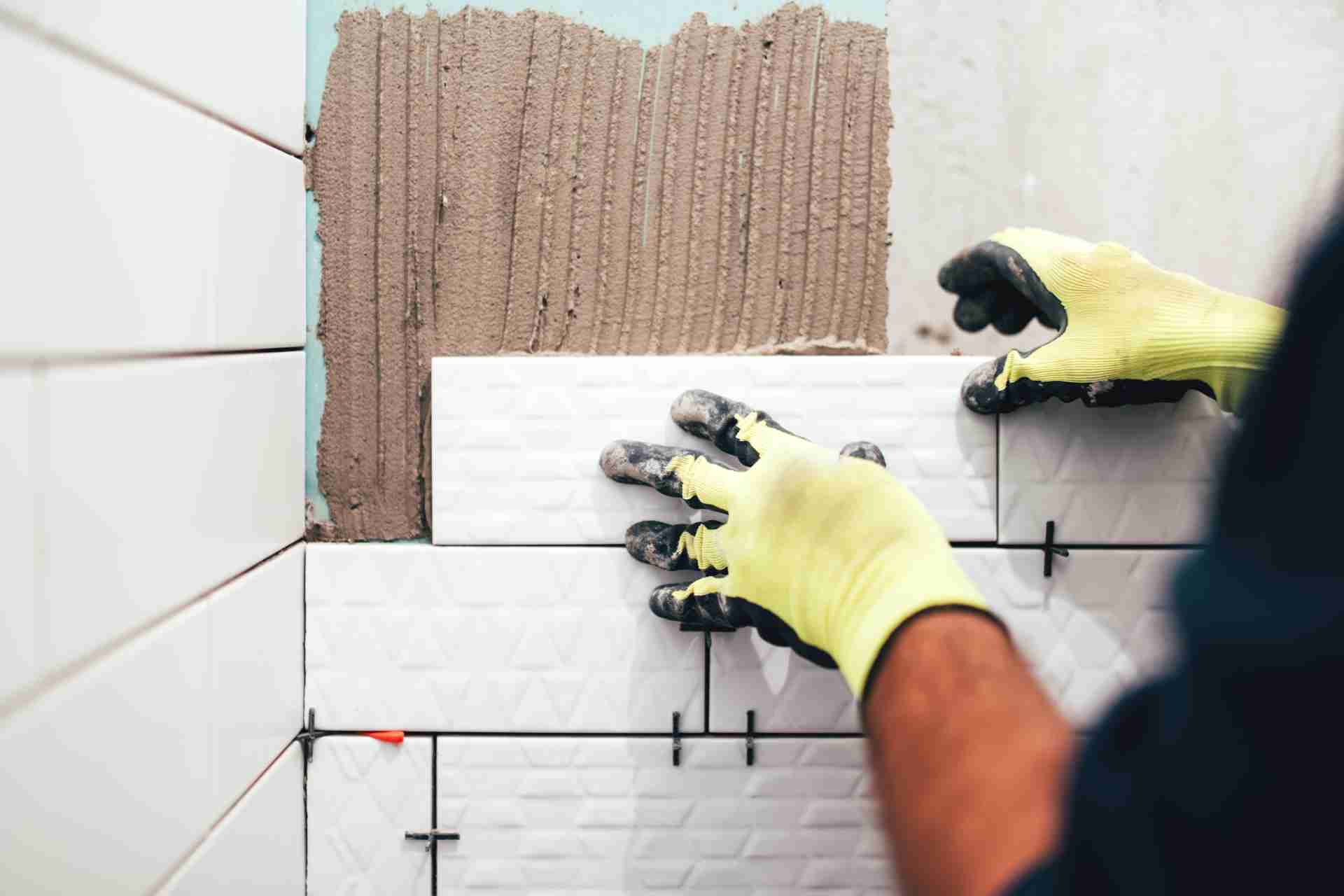
Common DIY Painting Mistakes and How to Avoid Them
Painting seems like one of those DIY tasks anyone can do — just grab a brush, open a tin, and start rolling, right? In reality, painting is a lot like baking: one wrong step can throw the whole thing off. If you’re planning a weekend makeover, steer clear of these common mistakes to ensure your paint job looks fresh, clean, and lasts longer than a few months.
Skipping the Prep Work
This is the biggest mistake people make. Prepping a room isn’t the fun part, but it’s essential. That means sanding rough surfaces, filling in holes and cracks, wiping off dust, and making sure everything is dry. Paint sticks best to smooth, clean surfaces, and if you skip this step, you’re setting yourself up for peeling or uneven colour. Don’t forget to mask off trims and edges properly. It might take longer upfront, but it saves headaches in the long run.
Choosing the Wrong Paint
Not all paints are made equal. Interior and exterior paints are formulated differently for a reason, and finishes matter too. Flat or matte paints can hide imperfections but are harder to clean, making them a poor choice for high-traffic areas. Glossy finishes are easier to wipe down, but highlight every dent and bump. Take the time to choose the right paint for the space and surface you’re working with.
Painting Dirty Walls
This one’s surprisingly common. Even if your walls look clean, chances are they’re holding onto grease, fingerprints, and dust — especially in kitchens or hallways. Paint won’t adhere properly if the surface isn’t clean, and you’ll end up with blotchy patches or flaking. A quick wipe down with sugar soap or a mild detergent before painting makes a big difference.
Not Using Primer
Primer isn’t just for professional painters. It helps your topcoat go on smoothly and improves colour accuracy. It also seals porous surfaces like new drywall or patched areas, so your paint doesn’t soak in unevenly. Skipping primer can lead to streaks, uneven finishes, or needing more coats than expected. For tricky surfaces like glossy walls, a bonding primer is a must.
Using Cheap Tools
A low-quality brush or roller might seem like a way to save money, but it usually leads to frustration. Cheap brushes shed bristles, and poor-quality rollers can leave lint and streaks behind. Invest in a good angled brush for cutting in and a roller with the right nap for your wall texture. It’ll make your life easier and your walls look better.
Rushing Between Coats
Patience is key when painting. Recoating too soon can cause the paint to peel, bubble, or look streaky. Always check the drying time on your tin — and remember, drying time isn’t always the same as curing time. If it feels tacky, it’s not ready. Ventilate the room well and resist the urge to rush. You’ll thank yourself later.
Overloading the Brush or Roller
Dipping your brush too deep or overloading your roller leads to drips, splatters, and thick, uneven coats. Aim for thin, even layers and go back over sections to smooth them out. It might mean more trips to the tray, but your finish will be far more professional.
Poor Lighting
Painting in dim or artificial light makes it hard to spot missed spots, streaks, or uneven edges. If possible, paint in natural daylight, and do a final walk-around once the paint dries. You’ll be surprised by what shows up that you didn’t catch the first time.
Painting your own space can be incredibly rewarding and a cost-effective way to refresh your home, but cutting corners can turn your dream room into a DIY regret. With the right tools, prep, and a bit of patience, you can get results that look every bit as good as a pro job.









